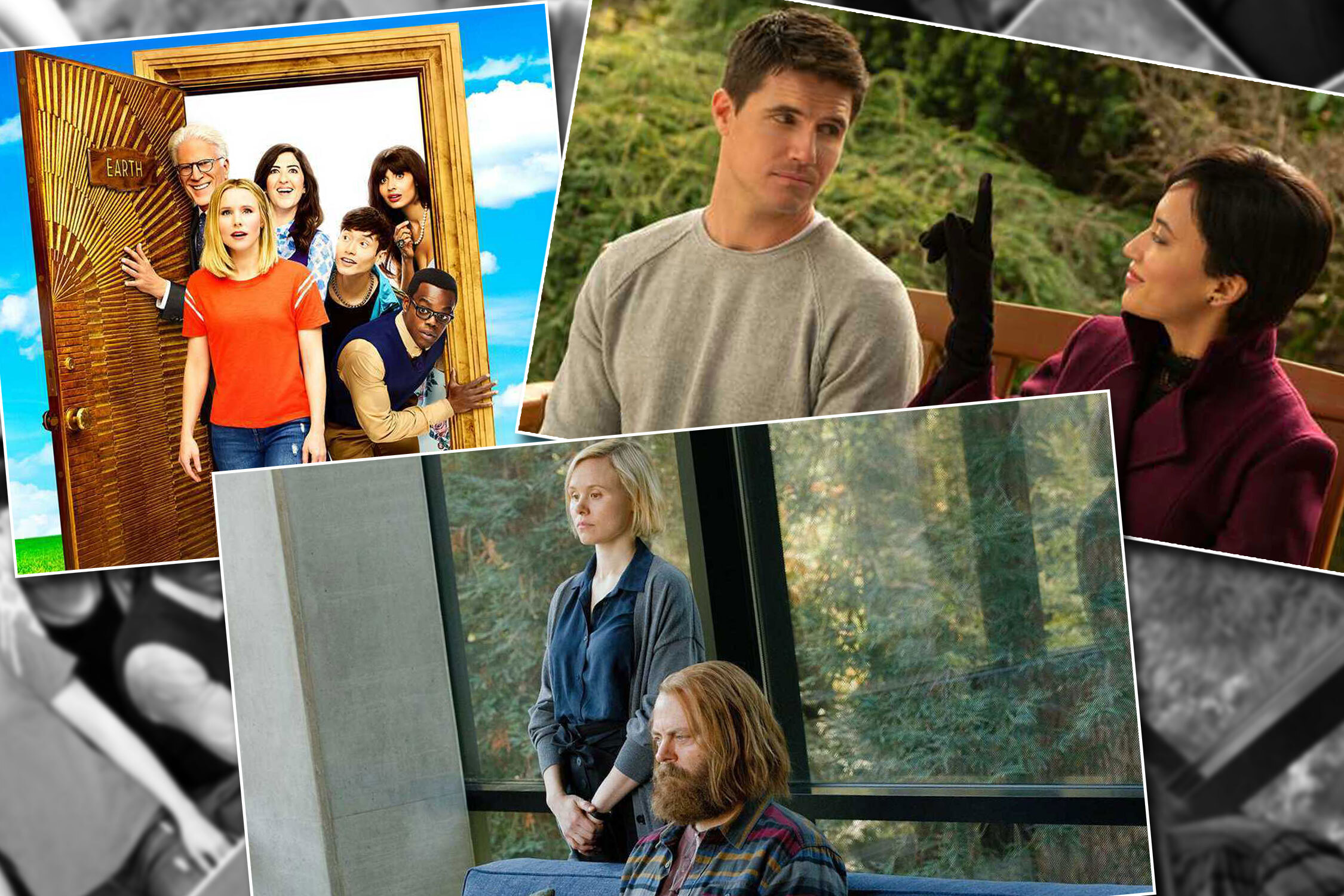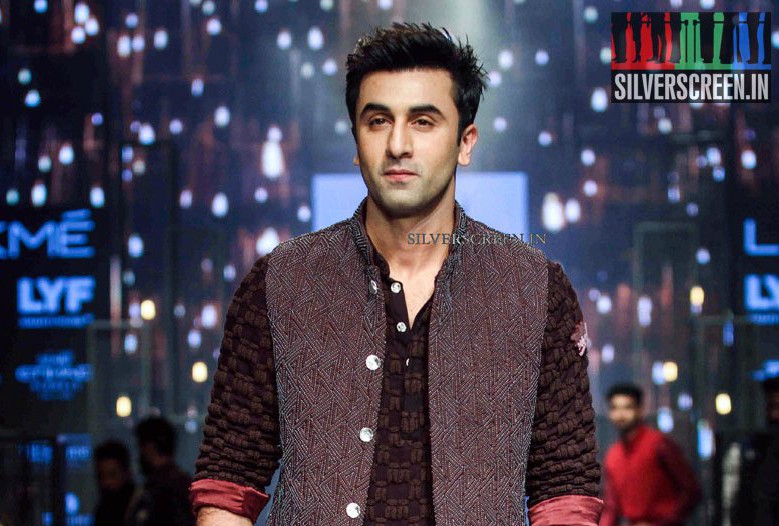 When Sujatha’s Aah – a 1990 Tamil novella – begins, there’s quite a preamble. There’s some talk about life in general, a pretty grim sketch if you would; matter-of-fact, a little morbid, but nothing out of the ordinary. A distinctly third person voice, or so it seems until you read further. A few sentences down, the author unveils his plot.
When Sujatha’s Aah – a 1990 Tamil novella – begins, there’s quite a preamble. There’s some talk about life in general, a pretty grim sketch if you would; matter-of-fact, a little morbid, but nothing out of the ordinary. A distinctly third person voice, or so it seems until you read further. A few sentences down, the author unveils his plot.
And, his protagonist. That’s when I realise it’s a first person narration. Dinesh Kumar is an engineer, IIT-educated, the sort who flips a phone directory to find himself, finds himself, and his other namesake(s), and wonders if they are all perhaps the same person. Nutty. Nice. This …wackiness is what Saithaan – inspired by the novella – fails to instill in its protagonist. When Saithaan begins, Dinesh Kumar (Vijay Antony) is already with the shrink. He’s on a plush recliner – a cross between a dentist’s chair and a La Z Boy – introducing himself, recounting his life for the benefit of the audience. He types away on his computer in a huge office, has a wife who flits between the bed and the kitchen, and has a mother who flits between the kitchen and  god-knows-where. That really is all his world is made of; that and those voices in his head. Not quite demonic, not quite human – simply robotic and non-threatening sounding out from those huge speakers, surround sound systems.
god-knows-where. That really is all his world is made of; that and those voices in his head. Not quite demonic, not quite human – simply robotic and non-threatening sounding out from those huge speakers, surround sound systems.
I’m disappointed. This isn’t why I braved cyclone Nada and a bunch of very tardy Uber Pool riders; at least Nada was somewhat true to its name – it’s no longer a cyclone, just a deep depression that has managed to make the city prettily wet. I actually shot a picture, smelling wet smells that even the cab’s synthetic fruity perfume couldn’t mask. The effect isn’t thanks to any filter by the way. Just the cab’s artfully slashed blind.
*****
What I would have loved in Saithaan? The book’s introduction translated on screen, even if it seemed a little too prosaic; a series of disjointed images with minimal score – a lovely bleak picture, and then, Dinesh Kumar in casual conversation with one of his voices. Human voices. Disembodied, or with a form that he can recognise. Something similar to Soodhu Kavvum‘s Shalu, but creepily relatable. I would also never learn why the movie was called Saithaan – when it really had nothing to do with demons, only a bunch of rowdy voices that are never lent a satisfactory explanation once the movie veers into themes of reincarnation and past-life regression. There are human villains too – and right there, I get to see glimpses of almost all movies that have been inspired by Tamil novellas – a mixture of faux science and the paranormal. Sujatha’s Aah was written more than two decades ago, it was novel then, and adapting that to screen in 2016 called for a good look at the present. Perhaps that really was what director Pradeep Krishnamoorthy tried when he tried to create a hero out of Vijay Antony; Dinesh is about to kill his wife, whom, he believes is his past-life tormentor. He’s almost there when she tells him she’s …pregnant.
*****
I’d probably pick Andrew Miller’s Pure for the horror screen. A 2011 book, at the heart of which is an engineer tasked with exhuming a cemetery and demolishing a church in Paris. The cemetery is bursting at the seams with all the corpses and the mass graves it holds while a foul odour permeates the food and breath of all those who live nearby. The novel is set in pre-revolutionary France, and Miller’s writing is visually rich and chilling. A dog pees on a vase in the room where the engineer waits to attend an interview, and right there, Miller makes a point for bleakness.
*****
Recommended
There seem to have been several writers for Saithaan – Sahithya Academy Award winner Joe D’Cruz among them. But I would never know who imbued the script with this distinct filmy quality: Ravi, Dinesh’s colleague rescues him as he tries to kill himself, and as they sit talking about it, Dinesh’s wife brings them coffee. Ravi takes a sip, gags: Is this why you tried killing yourself?
The theatre erupts. We have such amusing notions of chivalry after all, thoughtfully switching seats with a lady friend as soon as a woman takes the neighbouring seat.
Meanwhile, Joe D’Cruz’s Korkai – a 1174-page historical novel that traces the life of a coastal community – languishes on my bookshelf.
*****
The Saithaan review is a Silverscreen original article. It was not paid for or commissioned by anyone associated with the movie. Silverscreen.in and its writers do not have any commercial relationship with movies that are reviewed on the site.



